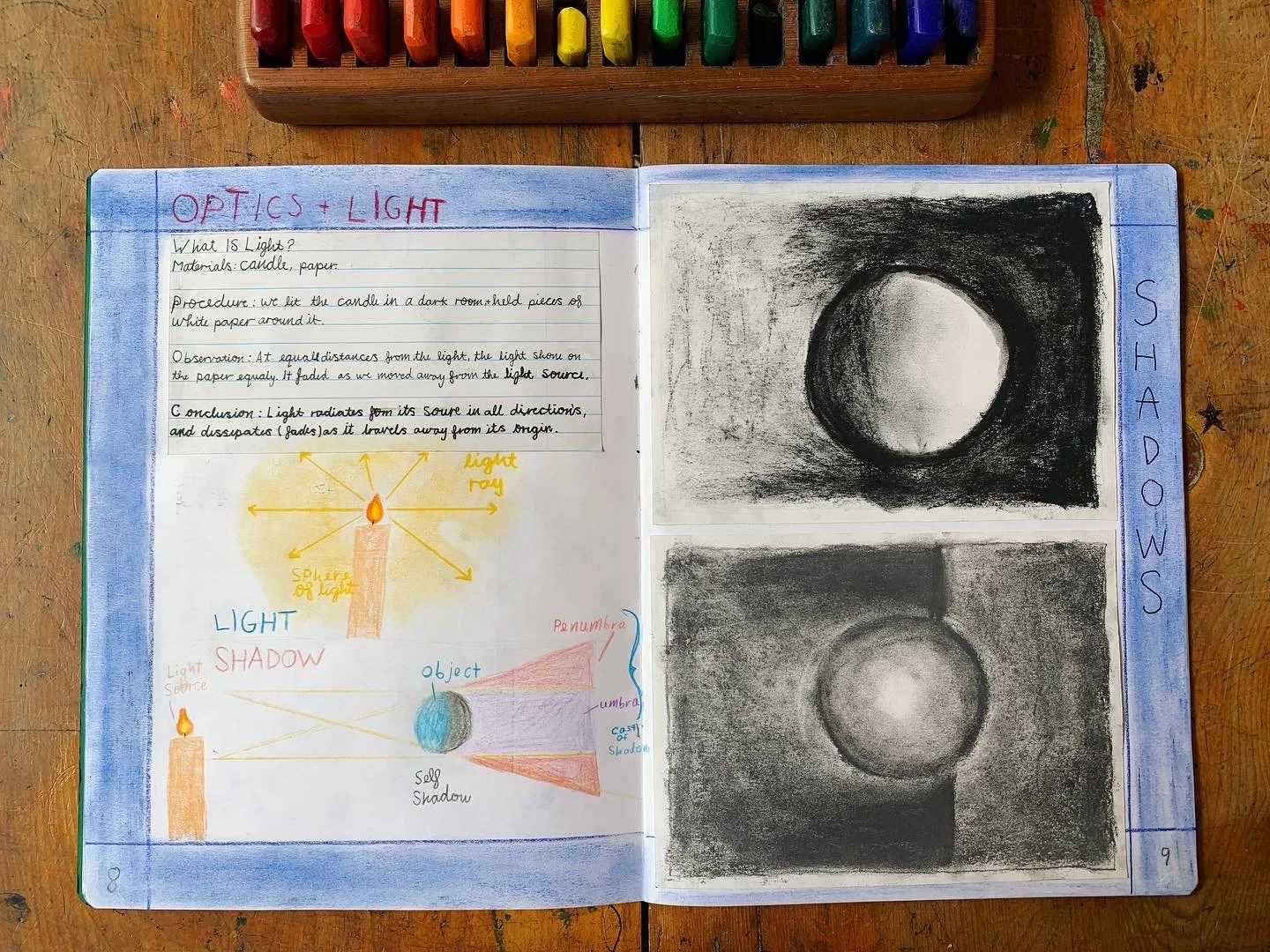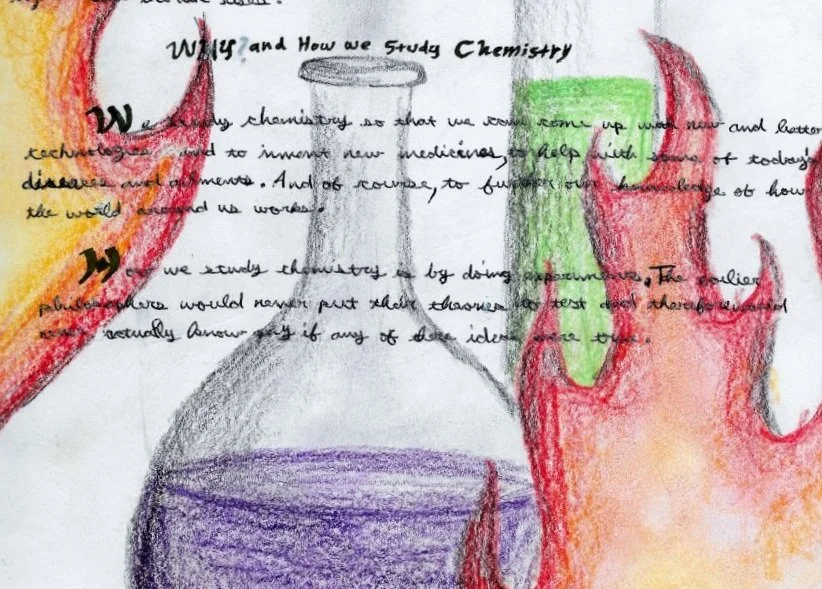Waldorf Geology: Adapting the Curriculum to Your Region
In Waldorf education, the curriculum really shines when we adapt it to our local regions.
Use your observation skills and senses to explore geology where you live!
This encourages students not only to connect with the material and the greater concepts, but also to deepen their relationship with the land on which they live.
When we teach through the lens of place, we invite students into a living relationship with their surroundings. This is especially true in the Geology block, where children begin to explore how the Earth was formed, how landforms came to be, and how the very ground beneath our feet tells a story about time and transformation.
In the Waldorf Geology curriculum, we explore many facets of the Earth - the formation of rocks, mountains, and valleys; the work of glaciers and volcanoes; and the long arc of change that shapes the landscape. These are big, sometimes abstract ideas. But when we connect them to what’s right outside our door, they become tangible and meaningful.
Pedagogically, this connection is vital. Around ages 10 to 12, children are moving from an imaginative, story-based way of knowing to a more observational, cause-and-effect understanding of the world. Geology meets this developmental moment beautifully: it offers real-world evidence of forces at work, while still appealing to the child’s sense of wonder.
When students can see, touch, and question the rocks in their own landscape, learning becomes personal.
Here are five simple ways to make the Geology curriculum come alive where you live:
Keep it simple- go outside!
Go on a hike for the day, walk around your neighborhood, and notice the rocks around you. Even landscaping stones, rock walls, or architectural features can become starting points for observation and conversation. Ask: What might this rock have looked like before it was shaped or moved? Where might it have come from?
Go to your local library and explore books about your region.
Even tourist-focused resources may be helpful.
Do some internet research around local mineral, rock or geology clubs.
You may be surprised at how many active groups are nearby!
Go to your town’s local visitor center and explore the history of your town.
See how you can connect the vast world of geology to your region. Remember: Geology is connected to everything! Industrial history, rivers/lakes/water usage, city planning, etc.
Visit a Natural History Museum.
Many museums have geology or rock exhibits that tie local formations into larger geological stories. Seeing specimens up close helps students link their personal observations with the broader scientific picture.
Enjoy exploring the beauty of the natural world, and find geology all around you.
Overall, enjoy weaving the curriculum with where you live, and keep it simple. The act of observing, discussing, and connecting the material to what is around you is one of the most important and valuable activities your student can engage in.
When children experience that the land they live on is part of a great, unfolding story, learning becomes not just academic - it becomes soulful. This is meaningful learning, rooted in place and alive with curiosity.
About the Authors
Robyn Beaufoy is Waldorfish’s CEO, and also a course instructor for Simple Season, Waldorf Art for Beginners, and Weekly Art Foundations. You’ll find her intuitive touches and influences throughout everything Waldorfish offers. Robyn has been in the world of education for over 25 years, with an MA in Education and a certification in Waldorf teaching - she also homeschooled both of her children for some of that time. In 2012 Robyn co-founded Waldorfish.com, creating it with the vision of making Waldorf inspired-art and pedagogy more accessible, joyful, and doable for homeschoolers all over the world.
Caitlin Amajor is Waldorfish’s course instructor for Geometry grades 5 & 6, Botany, and Geology as well as our Administrative Assistant. From a young age, Caitlin has been immersed in Waldorf education, attending a Waldorf school from K-8. After receiving a BA in History, Caitlin gained her certification in Waldorf teaching, and spent seven years as a Waldorf class teacher in the upper grades. With a special fondness for watercolor painting and geometry, Caitlin loves bringing Waldorf education to her students all over the world, and seeing their own individuality and style bloom from the curriculum!













